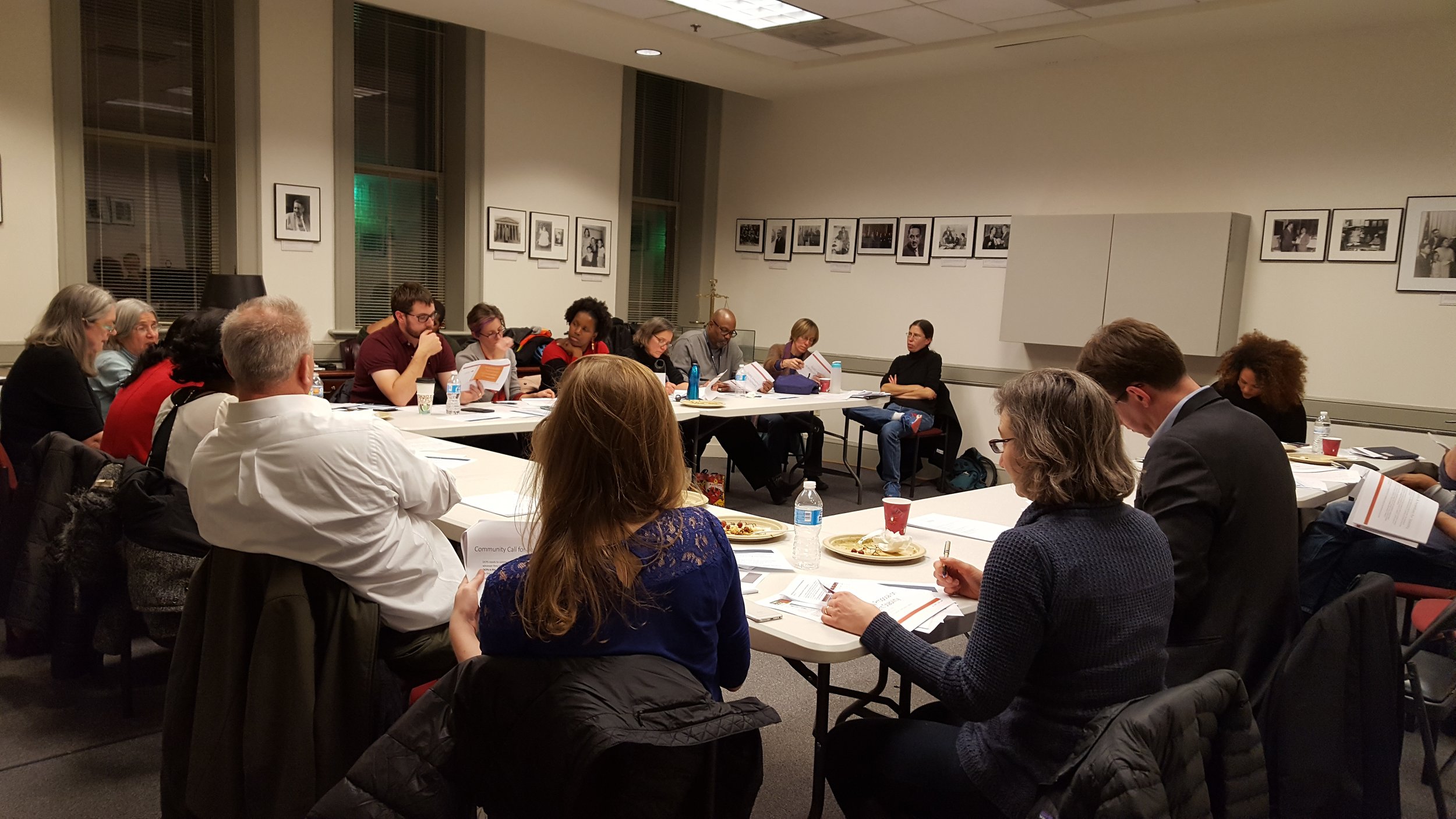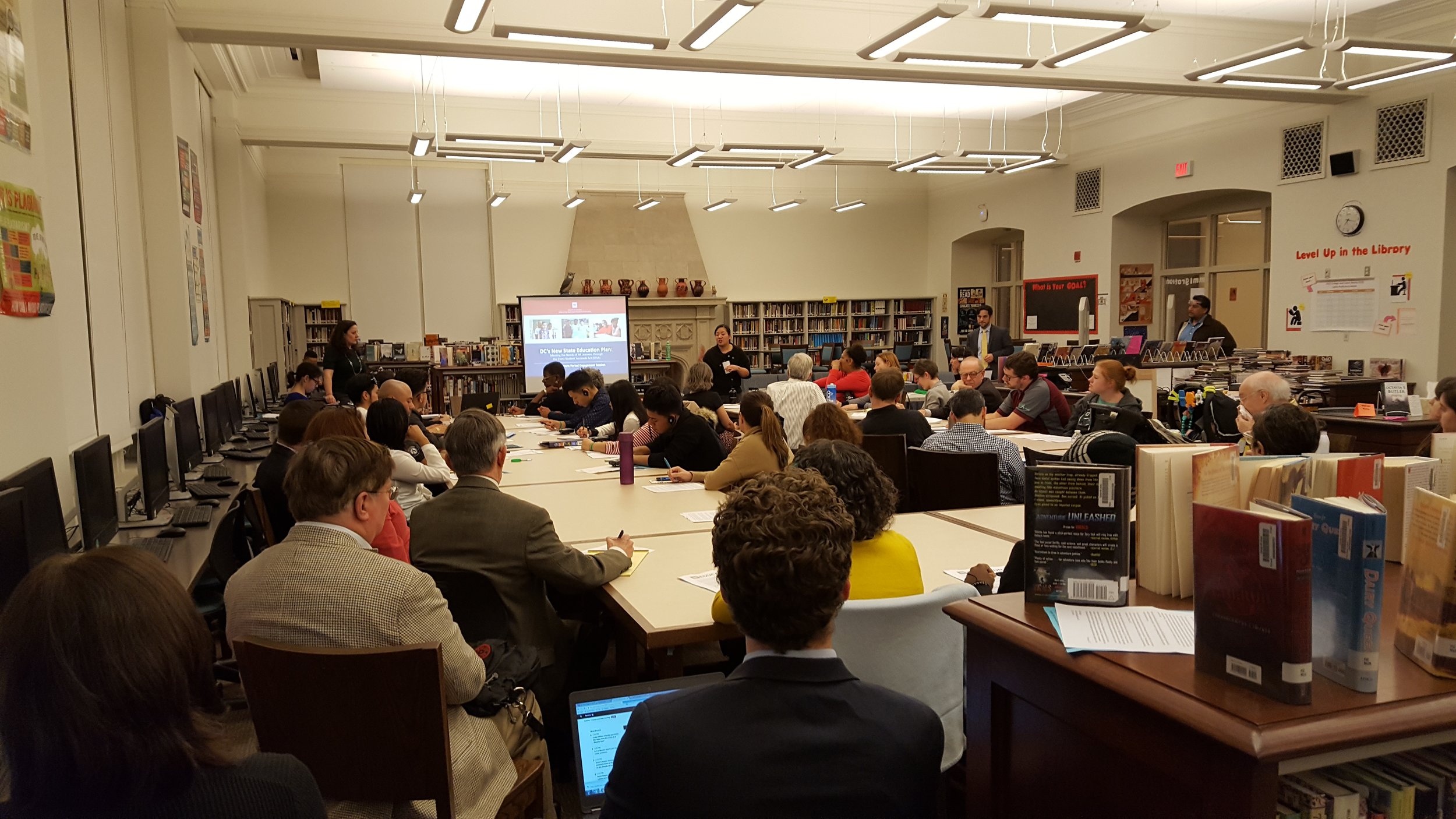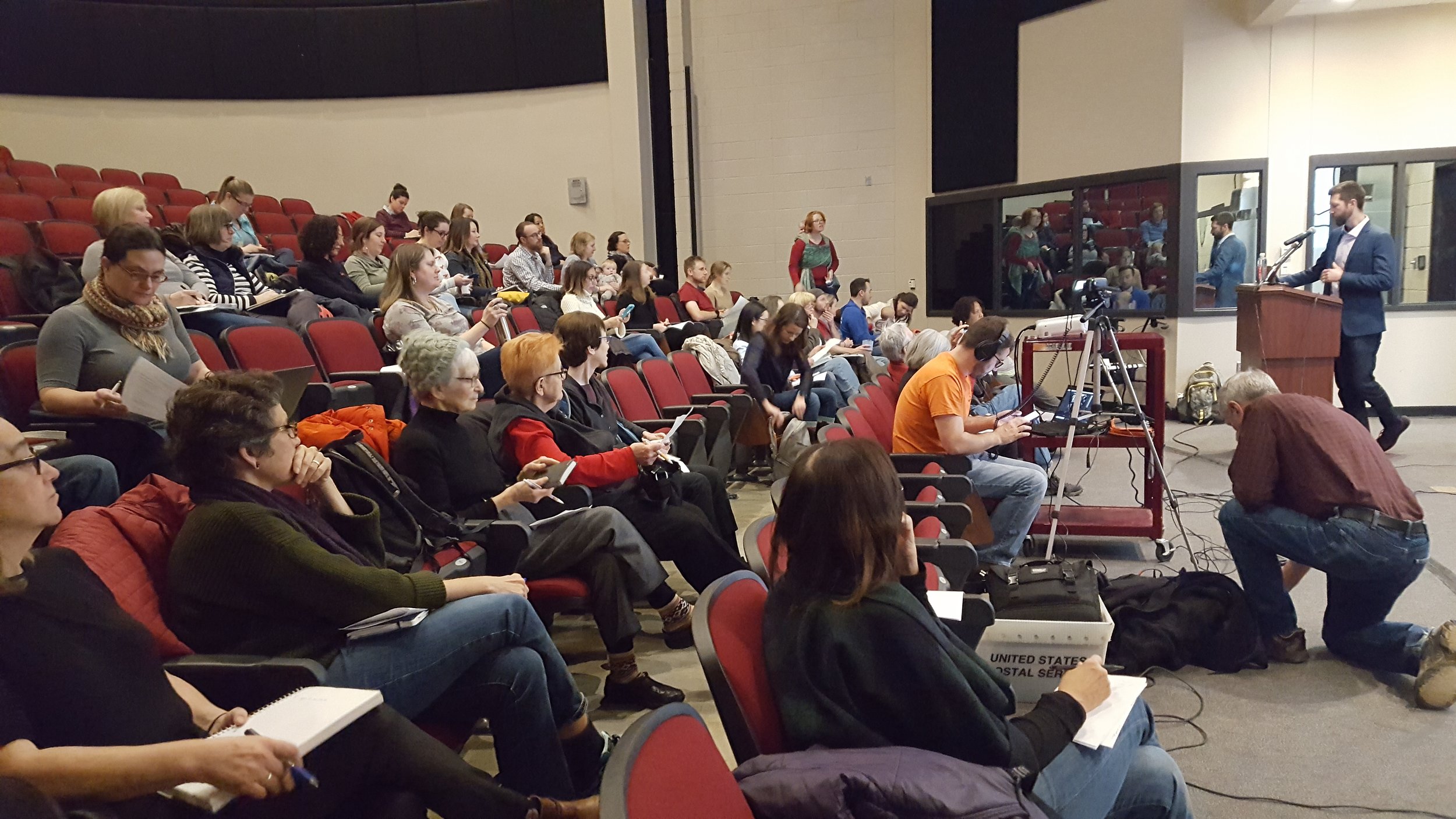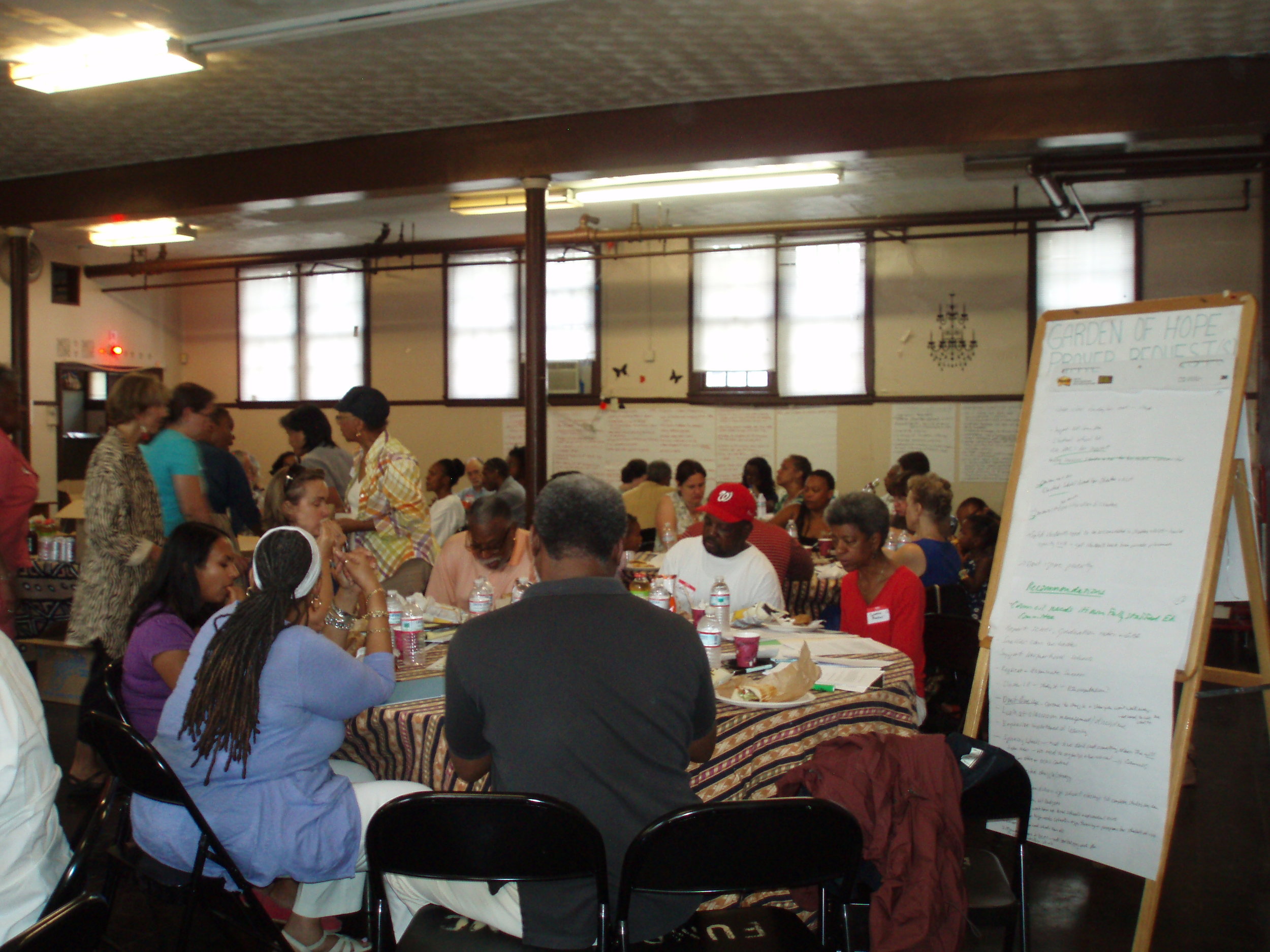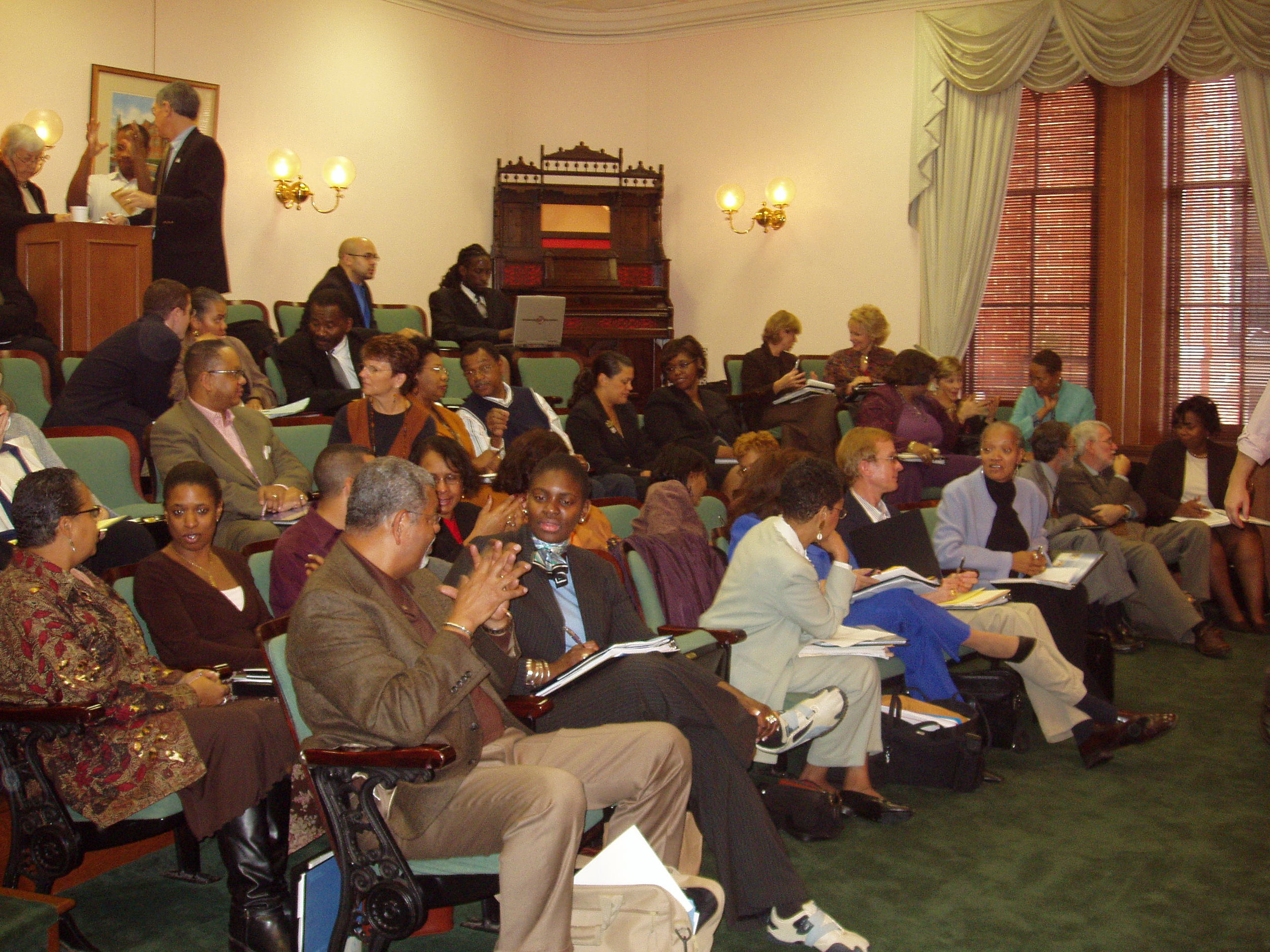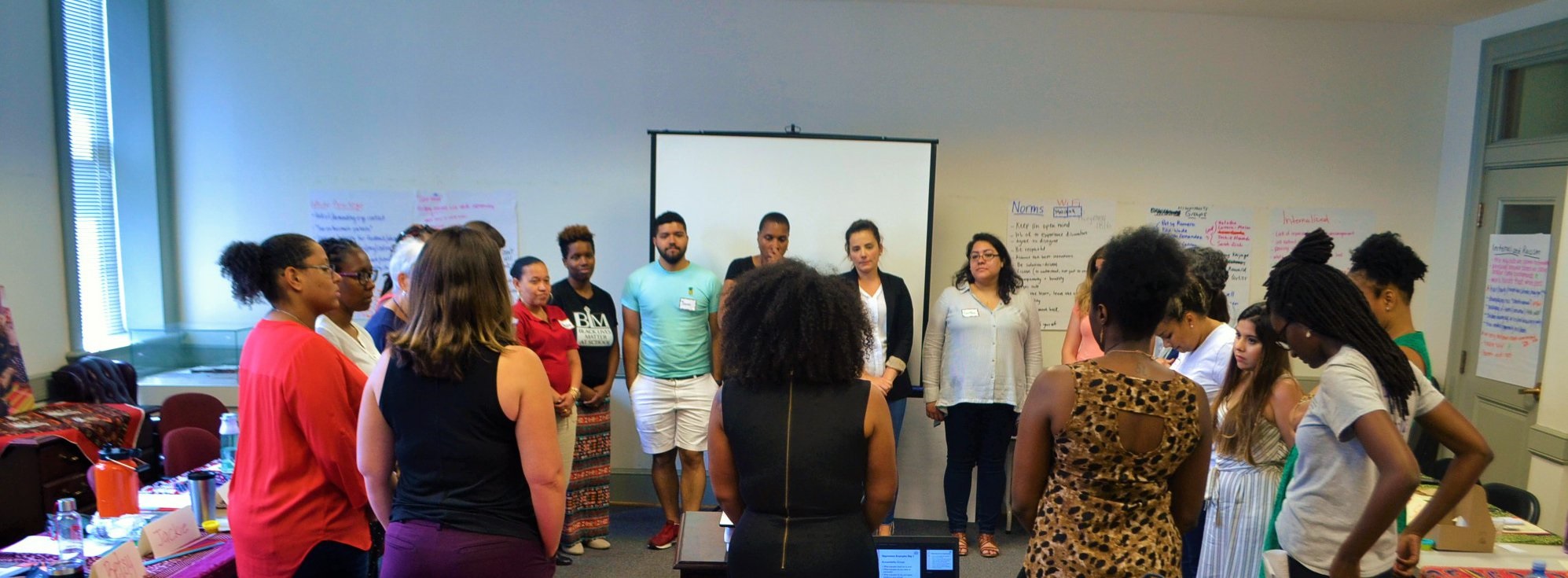Open Letter: Working together for great DCPS public schools in all corners of the city
/An Open Letter June 7, 2019
The Coalition for DC Public Schools and Communities (C4DC) welcomes the additional funds of $7.4 million committed to the DC public schools. We believe the District of Columbia should be committed to ensuring that our communities are provided a high quality DCPS matter of right path in every neighborhood from pre-school through 12th grade. This is seriously threatened in many neighborhoods. The additional funds will help with the challenges faced by our DCPS schools, particularly if they are targeted to schools in wards 7 and 8 where the FY20 DCPS cuts were most severe and where many of our most vulnerable students reside.
As we end this year and start the next cycle, DCPS can launch a multi-year effort in collaboration with communities to support improvement, invest in and grow our DCPS schools. We can begin this important work now by:
1. Immediately allocating the additional funds to the schools most negatively impacted in this budget. They were largely east of the river. See the here for a list as a suggestion of where to start. This is extremely time sensitive as key individuals are actively looking for other positions.
2. Starting the planning now working with school communities for the FY2021 budget process so that in the fall stakeholders are ready to develop school plans and build budgets at the local school based on a sound school planning and budgeting process.
3. Initiating development of a 5 Year DCPS Master Education Plan for DCPS that would generate an education plan for early childhood, elementary, intermediate, secondary, adult education and special education. This education plan would drive a facility plan. This plan would need to be written with a process that involves our larger community from the beginning.
4. Developing multiple measures to assess a quality education. Work at every level to broaden assessment measures so they focus on student growth.
We look forward to working together to strengthen our DCPS schools and support our families, teachers and all staff in their work educating our young people.
Signed:
Ward 1 Education Council Exec. Board
Ward 3/Wilson Feeder Education Network
Ward 4 Education Alliance
Ward Five Council on Education
Ward 6 Public Schools Parent Organization (W6PSPO)
Ward 7 Education Council
Ward 8 Education Council
Senior High Alliance of Parents Principals and Educators
DC Fiscal Policy Institute
Empower Ed
Education Town Hall
Education DC
Teaching for Change
21st Century School Fund
Washington Lawyers' Committee for Civil Rights
Washington Teachers' Union
C4DC sent this letter to the Chairman on the FY2020 Budget. Scroll down to also see a follow up piece from Eboni Rose Thompson on the issues in Ward 7 which illustrate the need. For further information please see the full Invest and Grow document.
Dear Chairman Mendelson:
Since our meeting with you a few weeks back, we have met with a number of your colleagues and watched the Budget Working Session with interest. Nearly every member of the council has expressed during this process that they understand that the pain in this budget lies only with certain schools and so, in a limited budget, we should be focused on solving that problem.
Through our conversations with individual members, we believe a clear majority favor the approach of directing the limited resources in a targeted way to those schools, as we have proposed: whatever additional dollars can be found to add for education in the budget you release next week should be directed to address the clear need in DCPS neighborhood schools hardest hit by the Mayor's proposed budget, many (but not all) of which are East of the River.
At the Working Session, there was talk about long-term fixes and we look forward to being a part of that discussion. But also, Council members Robert White, Charles Allen, Anita Bonds and Elissa Silverman all raised questions about whether and how we might be able to help those hardest hit schools in the coming fiscal year. We were heartened also to hear your comments about hoping to make those schools whole in your process.
In an environment of limited resources, however, merely increasing the foundation amount or the at-risk weight will dilute the necessary response to the specific challenges this year by sending nearly half the dollars to the charter sector and to DCPS schools with less acute needs.
It is simply not the case that that is your only option. No one is better at using the tools within the Council tool box than you are. You can find a way to target dollars and, based on your comments at the Working Session, it sounds like you may already have some ideas on how to do this.
One option we have been promoting is to address a structural error in the way we estimate enrollment for DCPS that results in systematic under-funding of DCPS (see attached paper with our full proposal and background). Indeed, as we embark on a long-term project to revive our neighborhood schools – particularly in our communities of greatest need – and get out of the rut that Council member Bonds referred to as “asinine,” we must find ways to appropriately fund DCPS to preserve and strengthen our critical, matter-of-right education infrastructure.
For the upcoming fiscal year as well as all budgets going forward, we believe the Council should fund DCPS based on the metric OSSE uses in its School Report Cards: the total number of students served (or for budget purposes expected to be served) by DCPS during the course of the year. The statute calls for the Council to base DCPS funding on the total number of resident students expected to be served during the fiscal year and the OSSE metric gets at that number.
Given the high number of mid-year entrants in DCPS matter-of-right schools, particularly in low income neighborhoods, the total number of students served greatly exceeds the number on which the DCPS budget is based -- an estimate of the high water mark. In SY17-18, the budget was based on 50,243 and the total number of students served by DCPS during that school year according to OSSE was 52,164. For SY19-20, the Mayor's budget is based on 51,113 (there has been some growth and schools added since SY17-18) but the number expected to be served, the basis the Council can and should rely on, will be significantly higher – somewhere between 1000 and 2000 higher.
In the process of these discussions there has been some confusion about whether charter schools retain the dollars associated with students who leave mid-year. The Education Committee report addressed the issue and confirmed what we have said: they do (draft Education Committee Report at 83). Charter schools lose 1600 students each school year during the course of the year and retain the approximately $32 million associated with those students who they served for only part of the year. Meanwhile, charter schools have accumulated $481 million in net assets, $336 million of which is unrestricted cash.
The Council can and should fully fund DCPS for the students it serves and can be expected to serve for part of the year by relying on the OSSE-embraced metric to measure enrollment. Such an approach would substantively benefit our city’s education landscape by:
creating more balance between DCPS and the charter sector;
enabling DCPS to fill some of the most acute needs in the upcoming year (by adding funding for between 1000 and 2000 additional students to the DCPS budget); and
at long last, funding DCPS to deal with the enormous challenges of contending with mid-year mobility. Students come and go to DCPS schools mid-year, creating enormous challenges; they generally only leave charter schools mid-year, often relieving challenges and always leaving behind the dollars budgeted to serve them.
We urge that whatever funds you add for education in the budget you release next week go directly to DCPS, albeit with a direction that DCPS use the funds (1) in the schools that experienced the largest cuts in real terms in the Mayor's proposed budgets; (2) the schools where the most at risk dollars were used to supplant as opposed to supplement general education funding; and (3) the schools that experience the highest number of midyear entries. Unfortunately, the three criteria largely point to the same schools. We must urgently address the needs of those schools and we should not dilute our response by sending dollars where the needs are not nearly on the same scale.
Thank you for your time and attention to this matter.
Sincerely,
Ward 1 Educational Council Executive Committee
Ward 3 Education Network
Ward 4 Education Alliance
Ward 5 Education Council
Ward 6 Public Schools Parent Organization
Ward 7 Education Council
Ward 8 Education Council
DC Fiscal Policy Institute
Washington Teachers Union
Empower Ed
Teaching for Change
Washington Lawyers Committee for Civil Rights
21st Century School Fund
Senior High Alliance of Parents, Principals and Educators
The Education Town Hall/We Act Radio
● A Respectful and Trusting Environment of Enthusiastic Engagement – Collaborate with each school to create a welcoming, respectful, trusting and enthusiastically engaged environment for all school staff, students, parents and community members.
● Work to Eliminate Racial Segregation in Schools – The District schools remain largely segregated by race more than 60 years after the decision in Bolling v. Sharpe. The overwhelming majority of African American students go to all Black schools. The new superintendent must address the current state of separate and unequal.
● Reform the Modernization and Stabilization Systems of Our School Buildings. Too many schools have not been modernized, and schools that have been modernized are not adequately maintained. We cannot build students’ knowledge when the buildings are in constant crisis.
● Matter of Right Pre-K 3 and 4 and clear path from PreK- 12- Universal access to pre-school is just a starting point. Now it’s time to ensure all families have a matter of right pre-K- 3 and 4 program in their neighborhood DCPS school and a clear path of quality DCPS schools so that students can attend quality DCPS schools from Pre-K to 12 in their own neighborhood. Choice does not solve this problem. Instead, we’ve seen increased school segregation that actually harms students.
● A Robust Technology Plan for All Schools- We must ensure equity in the distribution of both technology and access to technology-based learning throughout our city. Leaving this up to chance has resulted in a continued digital divide that mirrors socioeconomic status of students, which exacerbates our opportunity and achievement gaps.
● The Next DME Must Ensure Quality Matter of Right Schools in all Wards- The next DME must believe in the power of our neighborhood schools and work in partnership with the chancellor to strengthen the matter-of-right neighborhood schools and their feeder patterns and deliberately work to strategically build enrollment. The current lottery system and continued unfettered expansion of charter schools providing duplicative services with DCPS is inefficient and counter-productive. With 21,000 more seats than students, we cannot keep opening and expanding charter schools without doing irreparable harm to the system of matter-of- right neighborhood schools, which are the guarantors of public education. The Cross-sector Task Force failed to grapple with this most pressing problem. The new DME must prioritize a rational plan for how best to efficiently provide for quality matter-of-right public schools in every neighborhood and in every ward, and this must take precedence over the business interests of charter operators. The Mayor and D.C. Council have authority over all our schools funded by public tax dollars and responsibility to decide the public education landscape. Charter schools represent roughly half of our student population. As such public charter schools must be truly public and operate under the same standards as public schools, including being subject to FOIA and the Open Meetings Act. Additionally, if charter schools receive public funds for facilities, the process by which those funds are used and the schools expanded must be clearly outlined, transparent, and with the full knowledge and approval of the community first, not last or never.
Strong Community Engagement Will Earn Trust and Develop Understanding to Set the Stage for the Success of the Next Chancellor and DME.
We believe the recruitment and hiring process for the next Chancellor needs to follow the law. Under the previous process, there were opportunities for public comment, but not a sufficient opportunity for the public to make a serious impact on the final decision as mandated by the law.
Sincerely,
The Capitol Hill Public School Parent Organization (CHPSPO)
Citizens for Effective Schools
EducationDC.net
Education Town Hall- We Act Radio
EmpowerEd DC
NAACP DC
Teaching for Change
Ward One Education Collaborative
Ward Five Council of Education
Ward Seven Education Council
Ward Eight Education Council
Washington Lawyers Committee for Civil Rights and Urban Affairs
Washington Teachers Union (WTU)
and 125+ individual signers

